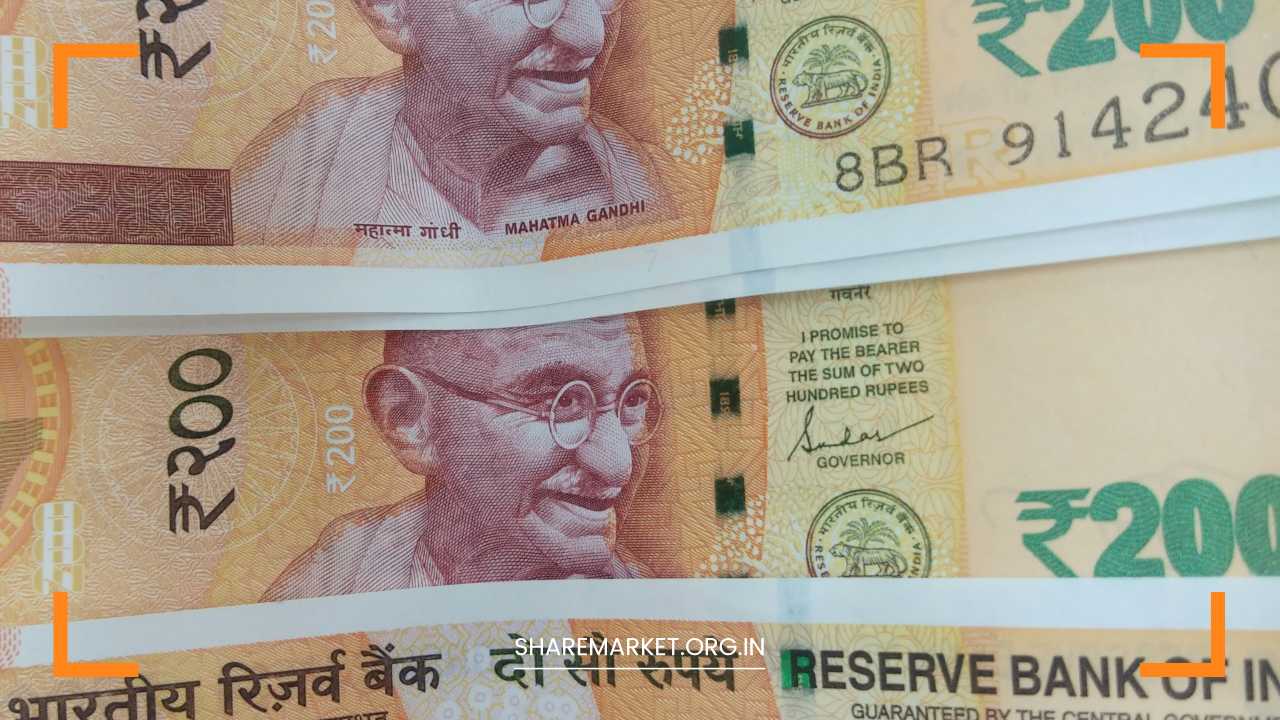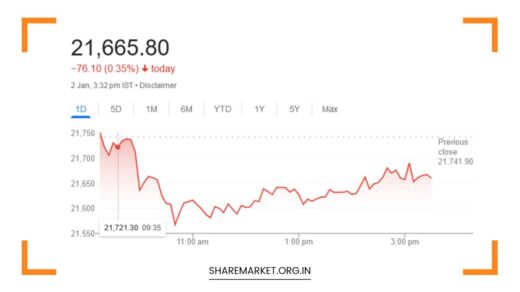How Much Return You Will Get by Investing Rs 2000, 3000, 4,000 or 5,000 in PPF Every Month

Public Provident Fund (PPF) Investment
Comprehensive Guide to the Public Provident Fund (PPF)
The Public Provident Fund (PPF) is a prominent investment vehicle in India, renowned for its risk-free nature and attractive returns. It’s designed to serve the investment needs of Indian citizens by providing a secure and reliable avenue for saving and growing money over the long term.
This detailed guide explores the key features, benefits, and considerations related to the PPF, helping investors make informed decisions about this investment option.
Key Features of the Public Provident Fund (PPF)
Accessibility and Investment Limits
The PPF is accessible to all Indian citizens, making it a widely available investment option. The scheme is particularly valuable due to its flexibility in investment amounts:
- Minimum Deposit: The PPF requires a minimum annual deposit of ₹500. This low entry threshold makes it feasible for individuals with modest incomes to participate in the scheme.
- Maximum Deposit: Investors can deposit up to ₹1.5 lakh annually. This upper limit allows individuals to make substantial contributions, potentially enhancing their returns.
The flexibility in deposit amounts enables investors to tailor their contributions based on their financial capacity and investment objectives.
Government Backing and Risk-Free Nature
One of the most significant advantages of the PPF is its risk-free nature. The fund is backed by the Government of India, providing investors with a high level of security. This government backing ensures that the principal and interest are safe, making it an attractive option for conservative investors who seek a secure investment environment.
Attractive Returns
The PPF offers interest rates that are generally higher than those provided by traditional savings accounts. The rates are determined by the government and are subject to periodic revisions, typically aligned with government bond yields. As of the latest update, the interest rate on the PPF is 7.1% per annum.
Tax Benefits
Investing in the PPF comes with substantial tax benefits, making it a tax-efficient investment option:
- Tax Deductions: Contributions to the PPF qualify for deductions under Section 80C of the Income Tax Act. This allows investors to reduce their taxable income by up to ₹1.5 lakh annually, thereby providing immediate tax relief.
- Tax-Free Interest: The interest earned on PPF investments is exempt from tax. This means that the income generated through PPF remains unaffected by tax liabilities.
- Tax-Free Maturity Amount: The amount received upon maturity, including both the principal and interest, is also tax-free. This enhances the overall tax efficiency of the PPF.
Investment Tenure and Flexibility
Long-Term Investment Tenure
The PPF operates on a long-term basis with a tenure of 15 years. This extended period allows investments to benefit from the power of compounding, which significantly contributes to the growth of the investment. The long tenure aligns with the objective of building a corpus for future financial goals such as retirement or education.
Contribution Flexibility
Investors have the flexibility to make contributions throughout the 15-year period. Contributions can be made in a lump sum or through monthly deposits, depending on the investor’s preference. The scheme also offers the following features:
- Partial Withdrawals: Investors can make partial withdrawals from the PPF account after the completion of the 5th financial year from the year of opening the account. Withdrawals are subject to certain limits and conditions.
- Loans Against PPF: Loans can be taken against the PPF balance after the 3rd financial year. The maximum loan amount is up to 25% of the balance at the end of the 2nd financial year preceding the year in which the loan is applied. Loans can be repaid over a period of 36 months, and the interest on the loan is charged at a rate higher than the PPF interest rate.
Interest Rate Variability
The interest rate on the PPF is reviewed by the government periodically, typically every quarter. This rate is linked to government bond yields, which means it can fluctuate based on changes in economic conditions and government policies.
Impact of Interest Rate Changes
While the current rate of 7.1% is competitive, investors should be aware that it can be revised. Changes in the interest rate can affect the overall returns on the investment. It is crucial for investors to stay informed about the latest rates and understand how changes may impact their investment outcomes.
Calculating Potential Returns
To help investors understand the potential returns on their PPF investments, let’s explore different scenarios based on monthly investments.
The calculations assume a consistent monthly deposit and the current interest rate of 7.1% per annum. Note that the actual returns may vary if the interest rate changes or if contributions are not consistent.
Monthly Investment of ₹2,000
- Total Investment Over 15 Years: ₹2,000 x 12 months x 15 years = ₹3,60,000
- Estimated Corpus at 7.1% Interest Rate: Approximately ₹6,47,661
Monthly Investment of ₹3,000
- Total Investment Over 15 Years: ₹3,000 x 12 months x 15 years = ₹5,40,000
- Estimated Corpus at 7.1% Interest Rate: Approximately ₹9,71,492
Monthly Investment of ₹4,000
- Total Investment Over 15 Years: ₹4,000 x 12 months x 15 years = ₹7,20,000
- Estimated Corpus at 7.1% Interest Rate: Approximately ₹12,95,322
Monthly Investment of ₹5,000
- Total Investment Over 15 Years: ₹5,000 x 12 months x 15 years = ₹9,00,000
- Estimated Corpus at 7.1% Interest Rate: Approximately ₹16,19,152
These estimates illustrate how regular investments, combined with the power of compounding and the current interest rate, can lead to significant corpus accumulation over the 15-year period.
The Role of Compounding
Compounding is a key factor in the growth of PPF investments. It refers to the process where the interest earned on an investment is reinvested to generate additional interest. This exponential growth effect becomes more pronounced over long investment horizons.
Benefits of Early and Consistent Investing
Starting early and maintaining consistent contributions are crucial for maximizing returns. Early investments benefit more from compounding because there is more time for the interest to accumulate. Consistent contributions help in building a substantial corpus and mitigate the impact of market volatility.
Real-Life Examples and Scenarios
To provide further clarity, let’s consider a few real-life scenarios:
Scenario 1: Young Professional Starting Early
A young professional starts investing ₹2,000 monthly in the PPF at the age of 25. By the time they reach 40, they will have invested a total of ₹3,60,000.
With the power of compounding at an interest rate of 7.1%, their corpus could grow to approximately ₹6,47,661, offering a significant boost to their long-term savings.
Scenario 2: Middle-Aged Investor with Higher Contributions
An individual in their 40s decides to invest ₹5,000 monthly in the PPF. Over the next 15 years, this person will contribute ₹9,00,000.
With the current interest rate, their corpus could grow to approximately ₹16,19,152. This substantial accumulation can support various financial goals, such as funding a child’s education or retirement planning.
Comparing PPF with Other Investment Options
PPF vs. Fixed Deposits (FDs)
- Risk: Both PPF and FDs are low-risk investments. However, the PPF is backed by the government, offering a higher level of security.
- Returns: PPF generally offers higher returns compared to traditional fixed deposits. The interest rates on FDs are fixed and may be lower than the PPF interest rate.
- Tax Benefits: PPF offers tax benefits under Section 80C, and the interest earned is tax-free. In contrast, interest earned on FDs is taxable, which can affect the overall returns.
PPF vs. Mutual Funds
- Risk: Mutual funds involve market risks and are subject to fluctuations in market conditions. PPF, on the other hand, is risk-free.
- Returns: Mutual funds have the potential for higher returns but come with higher risk. PPF offers stable, guaranteed returns.
- Liquidity: Mutual funds generally offer better liquidity compared to PPF, which has a lock-in period of 15 years.
Conclusion and Recommendations
The Public Provident Fund (PPF) offers a compelling investment option for individuals seeking a risk-free and tax-efficient way to grow their savings. With a minimum deposit of ₹500 and a maximum limit of ₹1.5 lakh per year, the PPF provides flexibility for various investment capacities.
The benefits of the PPF include government backing, attractive returns, and significant tax advantages. The long-term tenure of 15 years and the potential for substantial growth through compounding further enhance the appeal of this scheme.
Investors should stay informed about interest rate changes and consider their financial goals when planning their PPF investments. Consulting a financial advisor can also help tailor the investment strategy to individual needs and maximize the benefits of the PPF.
By leveraging the PPF’s features and making consistent contributions, investors can build a robust financial foundation and achieve their long-term savings objectives.

















